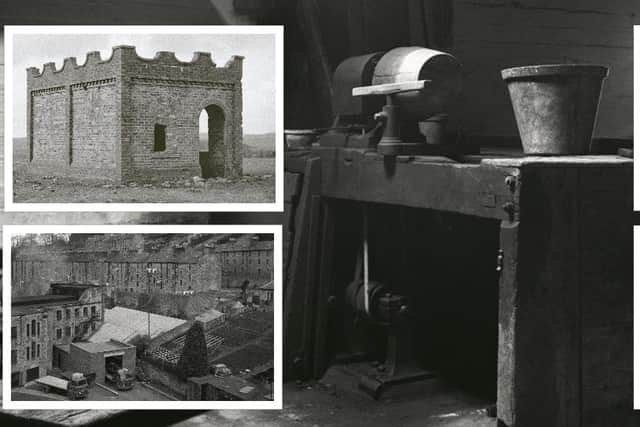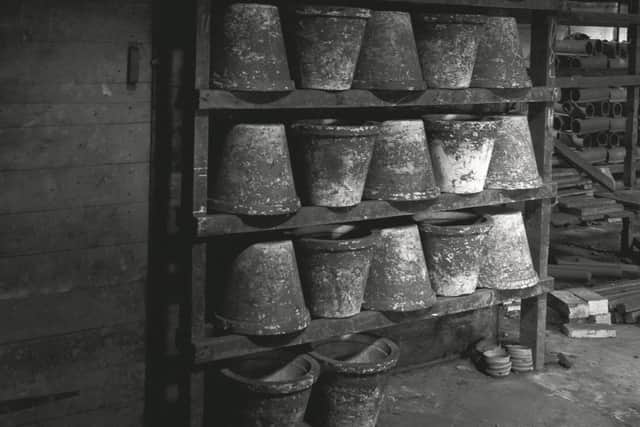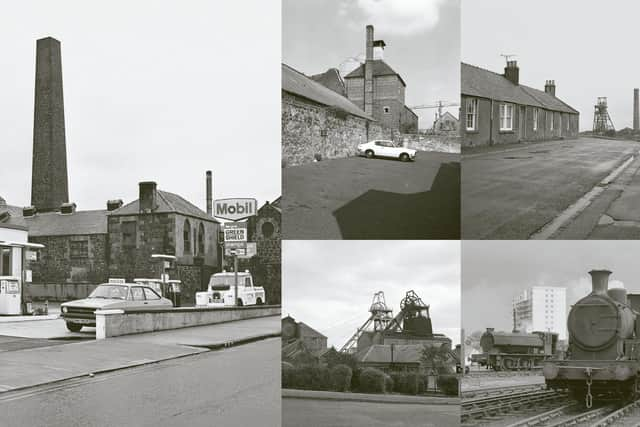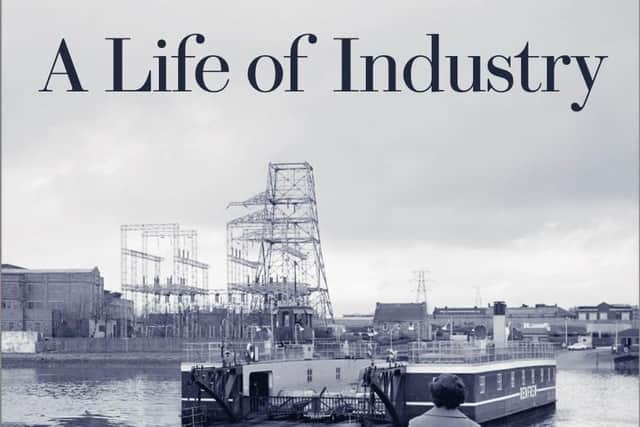Fife's long-lost industrial heritage captured in new book
and live on Freeview channel 276
The story, including that of several industries in Fife, is told through the photographs and reflections of one of Scotland’s foremost heritage experts.
John R Hume, who retired as chief inspector of historic buildings in 1999, has been an avid photographer all his life, with a particular love and understanding for Scotland’s industrial buildings and communities.
Advertisement
Hide AdAdvertisement
Hide AdMany of the images focus on Glasgow and the west of Scotland, the heartlands of mining, foundries and construction but there are mills, river ferries and distilleries from further afield too.


No such book, of course, would be complete without a mention of Fife’s proud mining history.
Valleyfield Colliery is depicted as it stood in 1974; Michael Colliery in East Wemyss shows both the miners’ housing and the former works in 1977. Just 10 years earlier, it was Scotland’s biggest coal producer but an accident which claimed the lives of nine men in 1967 saw it closed forever.
Other pictures of local interest include the busy shunting yard that used to serve Wellesley Colliery in Methil, pictured in 1970, and a Datsun Bluebird U Coupe, pictured outside the Maltings in Kirkcaldy in 1975.


Advertisement
Hide AdAdvertisement
Hide AdSome of the photographs record industry, while others capture everyday moments in now lost endeavour – as well as the trust and camaraderie of people often involved in dangerous and dirty work.
A Life of Industry: The Photography of John R Hume has been published by Historic Environment Scotland.
It was written by Daniel Gray, based on a series of conversations with Prof Hume who is now in his eighties. It tracks Hume’s life through his passion for cities, mechanics and engineering which he recorded in obsessive detail.
The 60s and 70s were pivotal times in Scotland, when familiar businesses were lost to modernisation. Later photos show the destruction of iconic buildings, pushed aside in the name of progress. It is all grouped into five sections:


Advertisement
Hide AdAdvertisement
Hide AdBricks and Threads focuses on traditional industries such as brick making, brewing, distilling and water mills.
Giants features the powerhouses that were our steel and iron works, collieries and shipyards.
In Motion showcases the importance of movement and transport.
Urban Life is a survey of cityscapes and towns.


And Coming Future takes us through an old world gone and a new one begun.
Advertisement
Hide AdAdvertisement
Hide AdIn the book, Prof Hume reflects: “I feel it’s important to preserve something of what went before. I’m following in a very long tradition – people want to keep relics of the distant past.
"But we should also keep things from the more recent past. Things which are either beautiful themselves or embody an enormous amount of human thought.”
